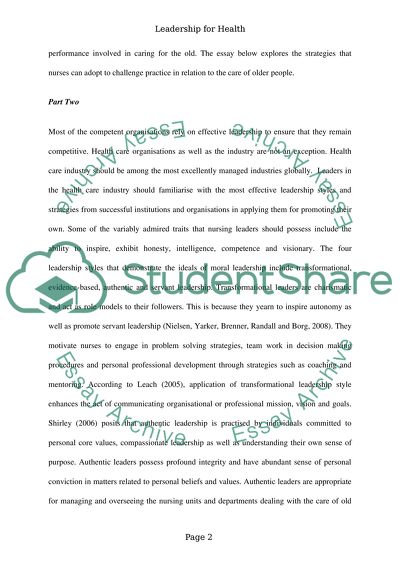Cite this document
(“Leadership for Health Essay Example | Topics and Well Written Essays - 2500 words”, n.d.)
Retrieved from https://studentshare.org/nursing/1403727-leadership-for-health
Retrieved from https://studentshare.org/nursing/1403727-leadership-for-health
(Leadership for Health Essay Example | Topics and Well Written Essays - 2500 Words)
https://studentshare.org/nursing/1403727-leadership-for-health.
https://studentshare.org/nursing/1403727-leadership-for-health.
“Leadership for Health Essay Example | Topics and Well Written Essays - 2500 Words”, n.d. https://studentshare.org/nursing/1403727-leadership-for-health.


